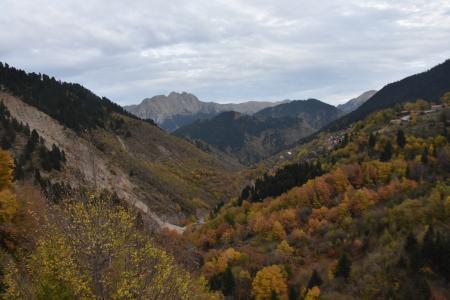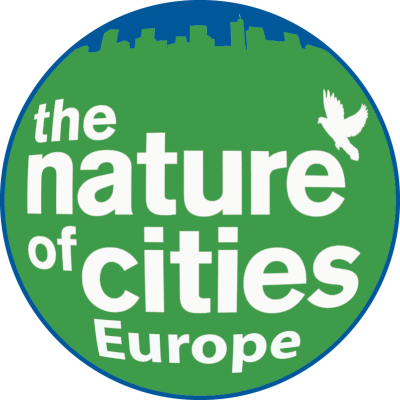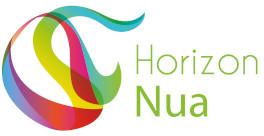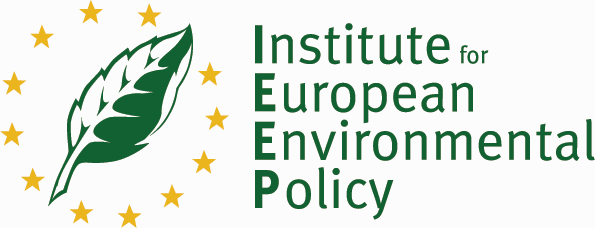
Objective:
Context:
Contacts:
Vasileios Kaounas, bkaounas@gmail.com, http://www.mycohellas.gr
Further information:
Christopoulos,V., Psoma, P., Diamantis, S. 2013. Site characteristics of Tuber magnatum in Greece Acta Mycol. 48 (1): 27–32 DOI: 10.5586/am.2013.004
Diamantis, S., Perlerou, C. 2008. Recent records of hypogeous fungi in Greece. Acta Mycol., 43 (2): 139–142 https://doi.org/10.5586/am.2008.017
Gyosheva, M., Assyov, B., Konstantinidis, G., Stoykov D. 2012. Collections of Tuber macrosporum from the Balkan Peninsula (Bulgaria and Greece). Ascomycete.org, 4 (4): 75-78 doi: 10.25664/art-0068
Konstantinidis, G. 2009. Mushrooms – Photo mushroom field guide G. M. Toumpis A.E. Koropi (In Greek).
Konstantinidis, G., Kaounas. V., 2014. Hydnotrya tulasnei and Mattirolomyces terfezioides (Pezizales) two hypogeous fungi that rarely appear in Greece..Ascomycete.org. 6 (1): 1-4 doi: 10.25664/art-0092
Polemis, E., Konstantinidis, G., Fryssouli,V., Slavova, M., Tsampazis, T., Nakas, V., Assyov, B., Kaounas, V., Zervakis, G.I.2019. Tuber pulchrosporum sp. nov .a black truffle of the Aestivum clade (Tuberaceae, Pezizales) from the Balkan peninsula Mycokeys 47: 35-51. https://doi.org/10.3897/mycokeys.47.32085











